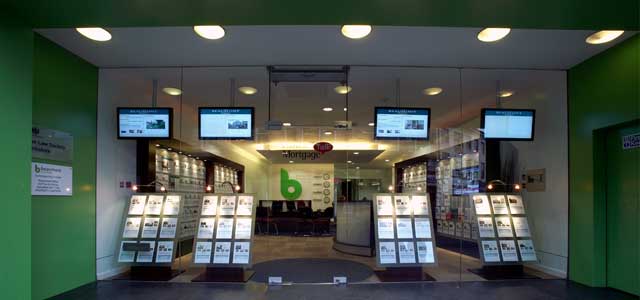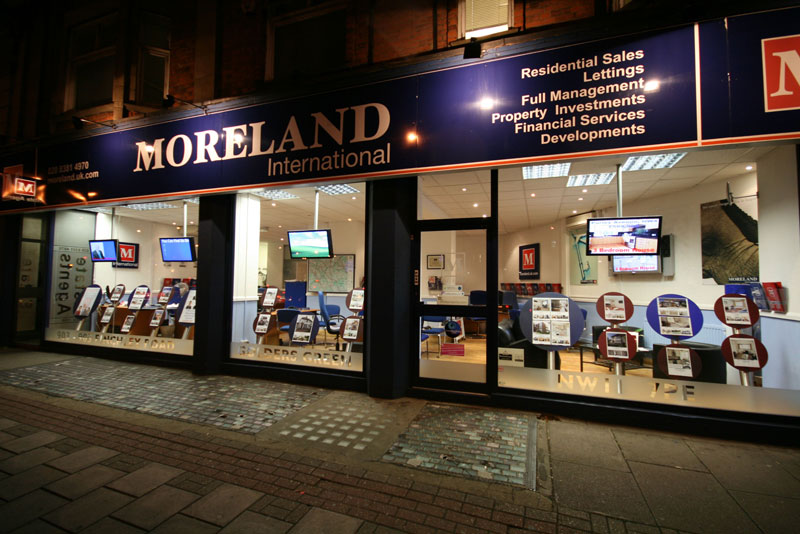High Brightness Window TV Screens for Digital Signage in Transit Hubs
Transit hubs serve as bustling intersections of bustling activity, offering an unparalleled opportunity for public messaging and communication. High Brightness Window TV Screens for Digital Signage have emerged as transformative tools in these spaces, captivating audiences with vivid displays and real-time information. This article delves into the myriad benefits and applications of these screens, exploring how they’re revolutionizing communication in transit hubs.

Understanding High Brightness Window TV Screens
In today’s fast-paced world, High Brightness Window TV Screens have become essential communication mediums, offering unparalleled clarity even in direct sunlight. These screens, often leveraging cutting-edge LED technology, possess luminance levels that far exceed conventional displays, ensuring vivid and engaging content delivery.
Advantages of High Brightness Window TV Screens for Transit Hubs
1. Enhanced Visibility: High Brightness Window TV Screens guarantee optimal visibility, even in brightly lit environments, ensuring messages reach commuters effectively.
2. Real-time Updates: These screens facilitate the dissemination of real-time information, from departure times to emergency alerts, keeping commuters informed.
3. Dynamic Content: With vibrant displays and multimedia capabilities, these screens enable the presentation of dynamic and engaging content, capturing audience attention effectively.4. Energy Efficiency: Despite their brightness, modern screens are designed to be energy-efficient, contributing to sustainable operations in transit hubs.
Deployment Strategies for Transit Hubs
Implementing High Brightness Window TV Screens in transit hubs demands strategic planning and execution.
Location Assessment and Planning
Determining optimal screen placement within transit hubs is crucial. Conducting a thorough assessment of high-traffic areas ensures maximum visibility and impact.
Content Management Systems (CMS) Integration
Integration with robust CMS allows seamless content updates, ensuring relevant and engaging information is consistently displayed.
Connectivity and Network Infrastructure
A reliable network infrastructure is imperative for these screens to function optimally. Ensuring strong connectivity guarantees uninterrupted content delivery.

High Brightness Window TV Screens for Digital Signage in Transit Hubs
This section dives deeper into the practical application of these screens within transit hubs, highlighting their various use cases and benefits.
High Brightness Window TV Screens for Digital Signage in Transit Hubs represent a pivotal shift in modern communication strategies. Their ability to deliver vibrant and engaging content in high-traffic areas ensures effective communication and engagement. Leveraging these screens effectively can transform transit hubs into information-rich and engaging spaces, catering to the needs of commuters seamlessly.
FAQs
Q: How do High Brightness Window TV Screens combat glare in transit hubs?
High Brightness Window TV Screens employ anti-glare technology, utilizing filters and coatings that minimize reflections, ensuring content remains visible even in bright conditions.
Q: Can these screens withstand harsh weather conditions?
Yes, modern High Brightness Window TV Screens are designed to withstand varying weather conditions, including extreme temperatures and humidity.
Q: Are these screens customizable for specific messaging needs?
Absolutely, these screens offer high customization options, allowing tailored content delivery based on specific messaging requirements.
Q: What measures are taken to ensure the security of content displayed on these screens?
Advanced encryption and secure protocols are employed to safeguard content integrity and prevent unauthorized access or tampering.
Q: How do these screens contribute to enhanced passenger experience in transit hubs?
By providing real-time updates, entertainment, and relevant information, these screens significantly enhance the overall passenger experience.
Q: Are High Brightness Window TV Screens cost-effective for transit hubs?
While the initial investment might seem substantial, the long-term benefits, including reduced maintenance costs and enhanced communication, make them cost-effective in the larger scheme.
